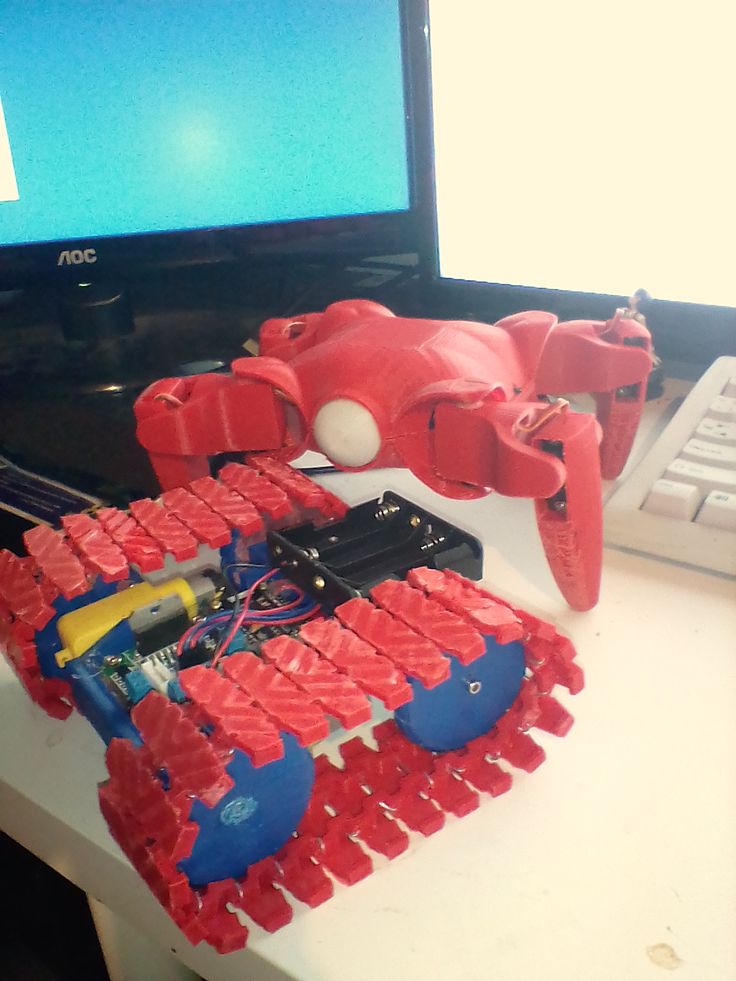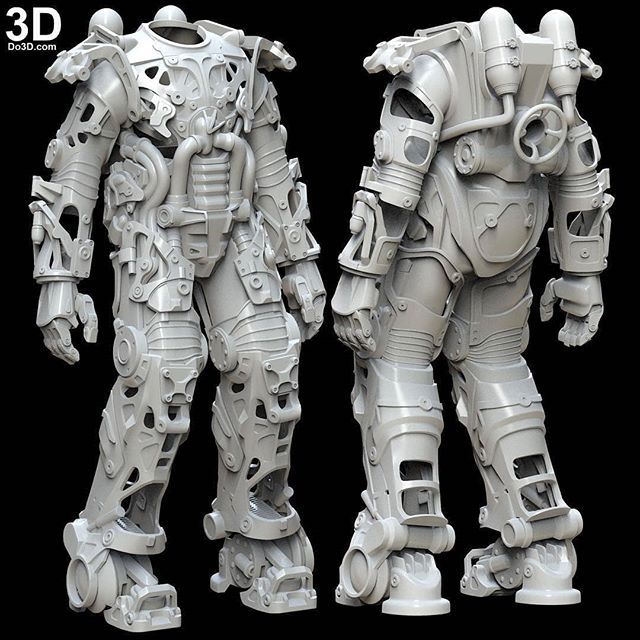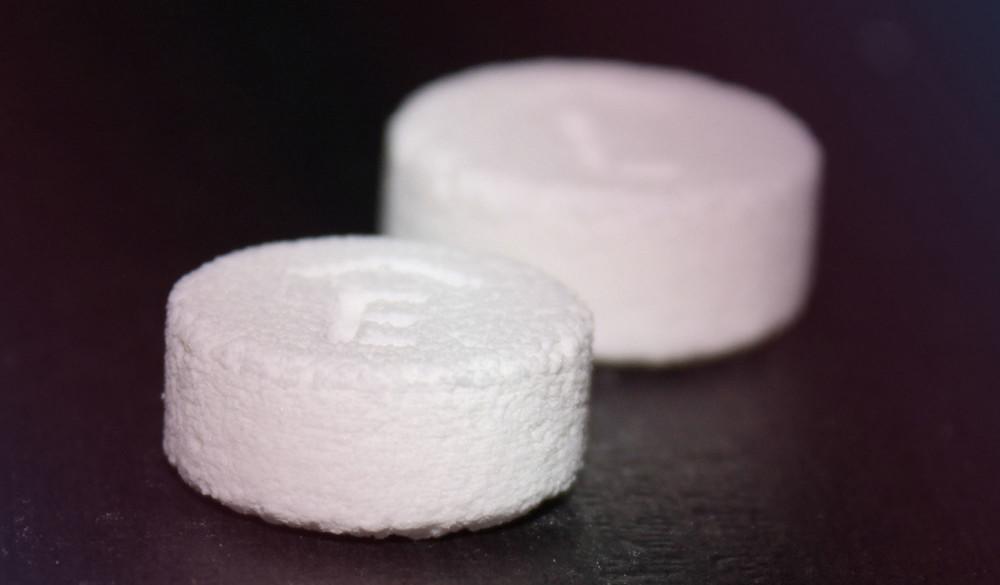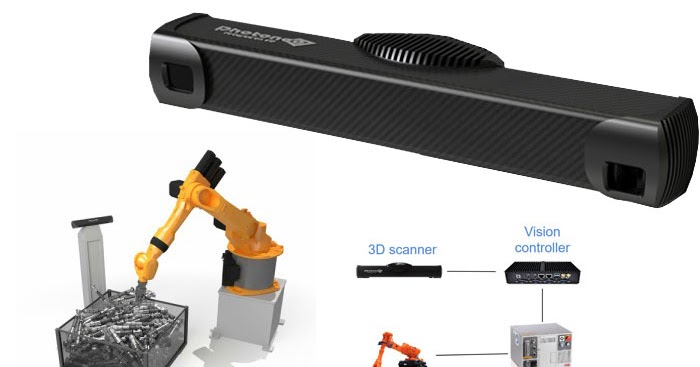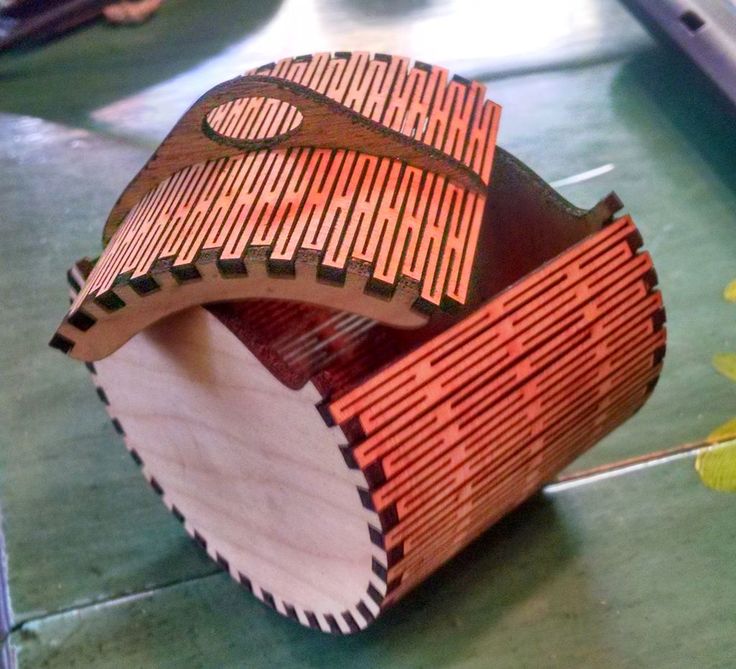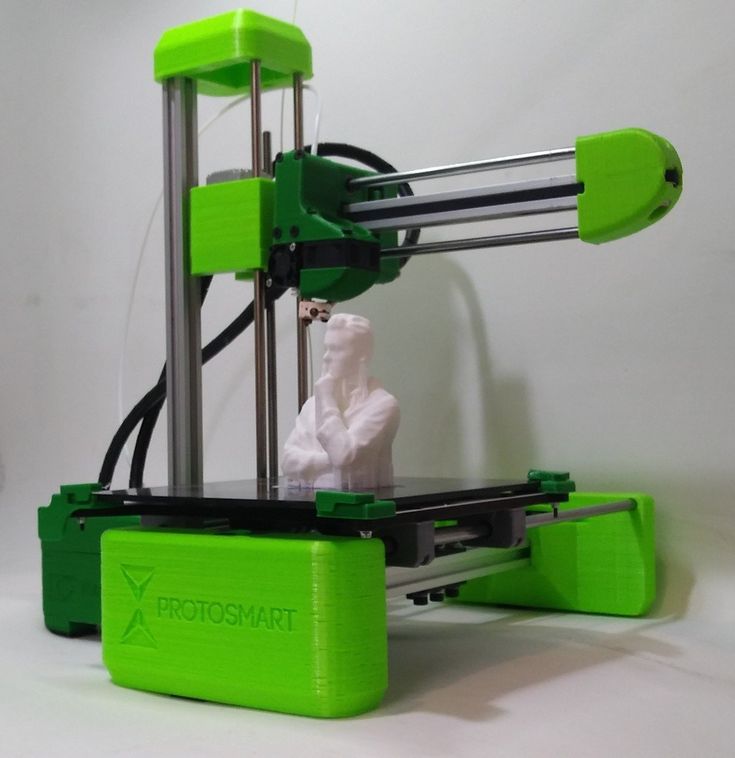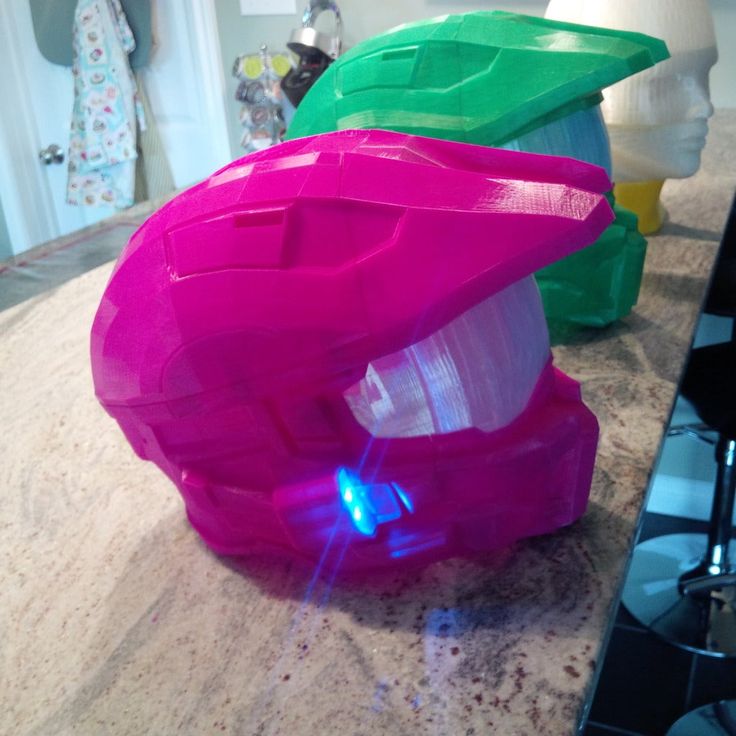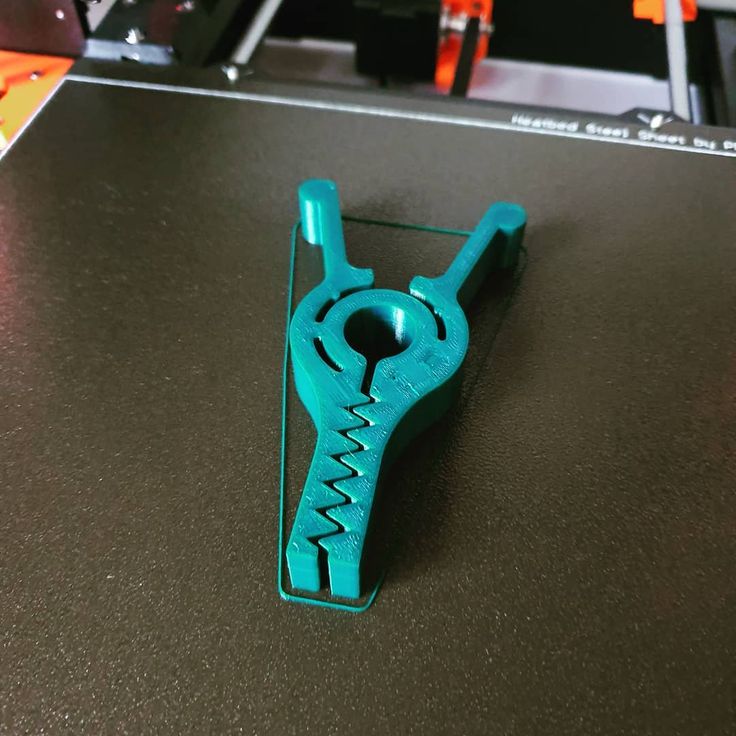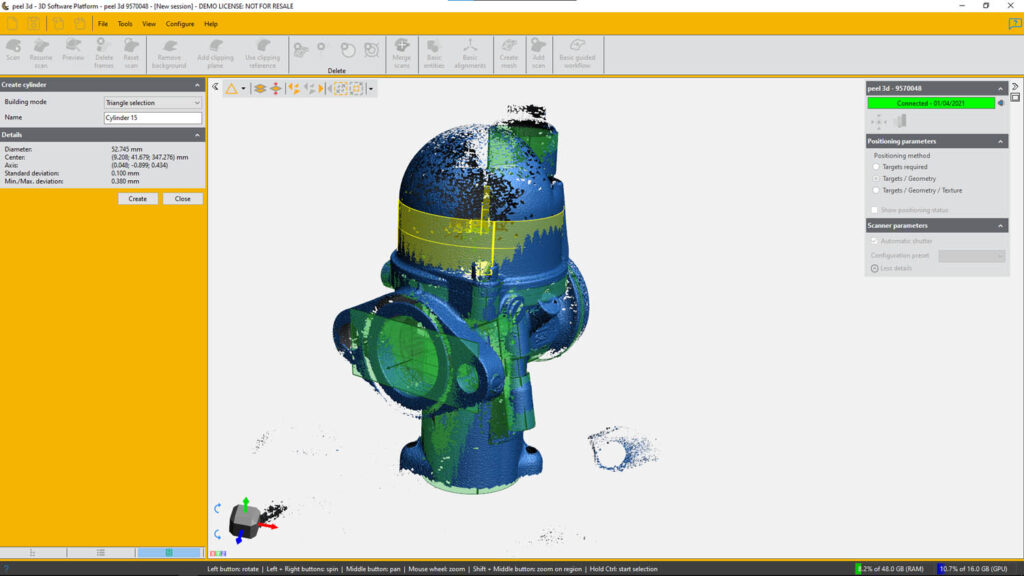3D printed shelby
3D Printed Shelby Cobra | Department of Energy
Description
ORNL's newly printed 3D car will be showcased at the 2015 NAIAS in Detroit. This "laboratory on wheels" uses the Shelby Cobra design, celebrating the 50th anniversary of this model and honoring the first vehicle to be voted a national monument.
The Shelby was printed at the Department of Energy’s Manufacturing Demonstration Facility at ORNL using the BAAM (Big Area Additive Manufacturing) machine and is intended as a “plug-n-play” laboratory on wheels. The Shelby will allow research and development of integrated components to be tested and enhanced in real time, improving the use of sustainable, digital manufacturing solutions in the automotive industry.
Text Version
Below is the text version for the video 3D Printed Shelby Cobra:
The video opens with a montage and time-lapse of 3D printing the car frame and parts, workers assembling the pieces, sanding and finishing the body, adding the motor and electronics, the motor, and displaying the final result: a Shelby Cobra in blue with white racing stripes.
LONNIE LOVE, PhD – Manufacturing Demonstration Facility: In a matter of six weeks to go from saying, “Hey, let’s print a car,” to actually having a working vehicle, which is unheard of. Six weeks is insane. What you’re going to see at the Detroit auto show is a car that’s going to shock people. It’s not going to look like a printed vehicle. It’s going to look like a real car. As a matter of fact it’s going to look like a real beautiful car.
On screen: Oak Ridge National Laboratory, Manufacturing Demonstration Facility
The Lab is not an auto manufacturer; we’re an auto innovator. We develop technologies that are going to go onto cars in 5 years, 10 years. Things like wireless charging, like lightweight power electronics, like new drivetrains.
On screen: video montage of testing apparatus for wireless charging, lightweight electronics in the vehicle, a vehicle on a drivetrain testing apparatus, and of the 3D printed cobra being assembled.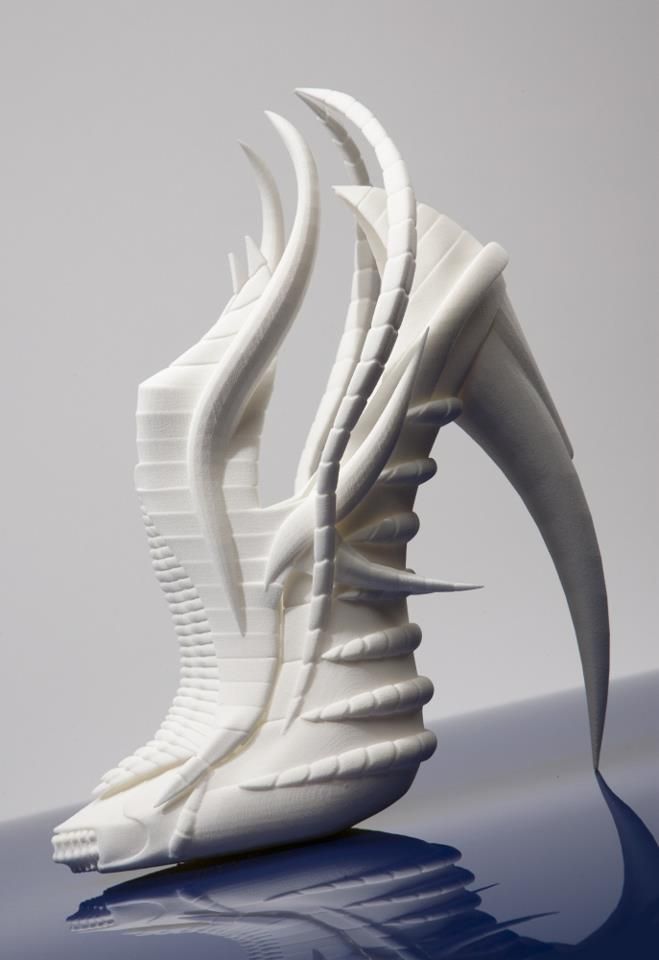
LOVE: So the reason that I believe that DOE’s Advanced Manufacturing Office got behind this was they saw that we didn’t just want to repeat what had already been done. We want to push the technology forward. So in a matter of six weeks not only have we developed a car, we’ve developed new technologies.
On screen: Caption that reads, "Energy Efficiency" and video of the car, in mid-production, being driven.
LOVE: Number 1, we quantified how much energy – how efficient this manufacturing process is. When you look at how much energy it takes to make a car, this is one of the most energy efficient ways to do it. It’s absolutely shocking.
On screen: "Surface Finish" and video close-up of workers sanding, refining, bonding, and painting the surfaces of the 3D printed parts.
Number 2 is the surface finish. When you look at the parts as they come off of the printers, they’re relatively rough. And right now the body is out at a local company, True Design, and they’re for the first time starting to look at how do you really finish one of these printed bodies.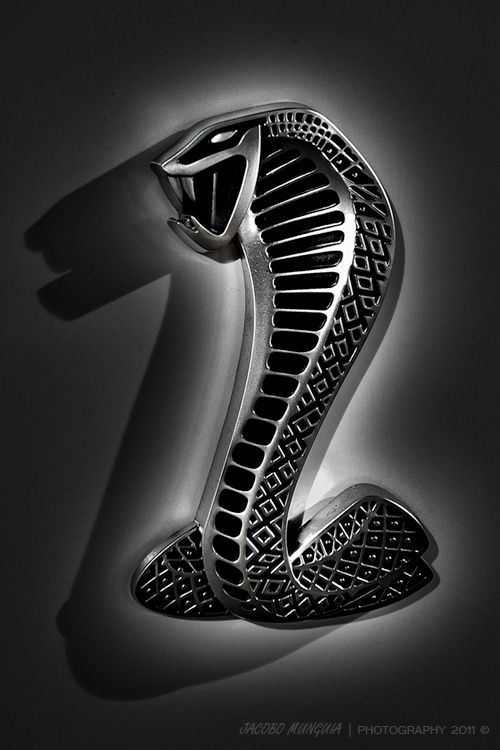 They’ve really had to push the envelope on the chemistry of what paints, what bonding has to go on these materials to give you a really beautiful surface finish. So that was another thing that we’ve developed over the past six weeks is the processes to give you an extremely smooth surface finish not just for the Cobra but for the tools that can be used for the automotive manufacturing industry.
They’ve really had to push the envelope on the chemistry of what paints, what bonding has to go on these materials to give you a really beautiful surface finish. So that was another thing that we’ve developed over the past six weeks is the processes to give you an extremely smooth surface finish not just for the Cobra but for the tools that can be used for the automotive manufacturing industry.
On screen: "Energy Absorption" and video displaying the 3D printed car mid-production.
Number 3 is the energy absorption. So can we design energy absorbing structures using additive we’ve never been able to do before.
On screen: "Speed" with fast-paced progression of images covering the entire process from 3D printing to final product.
And really to me number 4 the most important thing is just speed. The speed at which the national labs can work is absolutely amazing.
On screen: video montage of workers using a mold by laying down sheets of material, rolling on epoxy, and lifting the molded piece off the mold.
Another thing that we’re going to be highlighting and showing at the Detroit Auto Show is a mold. And typically these molds are made out of aluminum or steel. They’ll cost hundreds of thousands of dollars and take months to manufacture. And what we’ve shown is instead of taking months to manufacture, we’ve made a mold in about two days. Instead of costs of hundreds of thousands of dollars, it’s going to be thousands of dollars. It makes you just much more adept, much more nimble, and I think that you’ll see innovation just explode when this tool, these tools are in the hands of typical designers.
On screen: video montage of production process of the 3D printed car, historical photos of sketches and clay models of prototype vehicles, and detailed view of the finished Shelby Cobra.
Are we going to be printing cars in the near future? And the answer is well I don’t know. Highly unlikely in the next in my lifetime we’re going to see mass production of printed vehicles, but the way we make prototype cars today is exactly the same way they made it thirty, forty years ago which is clay models.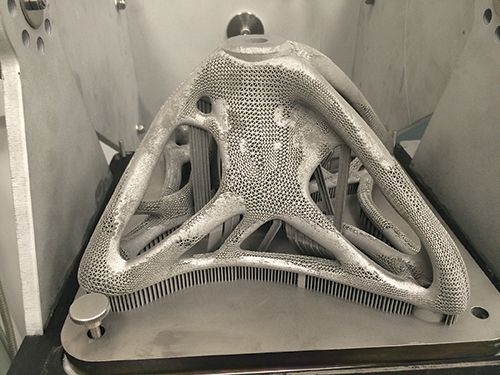 What we’re showing is we can go well beyond that now. You can go and print out a working prototype vehicle in weeks, in days and drive through the streets and look at people’s involvement, look at people’s excitement. You can test it for form, fit and function. So your ability to innovate quickly has radically changed. I think there’s a whole industry that can be built up around rapid innovation in transportation. And that again is revolutionary.
What we’re showing is we can go well beyond that now. You can go and print out a working prototype vehicle in weeks, in days and drive through the streets and look at people’s involvement, look at people’s excitement. You can test it for form, fit and function. So your ability to innovate quickly has radically changed. I think there’s a whole industry that can be built up around rapid innovation in transportation. And that again is revolutionary.
On screen: Logo of Oak Ridge National Lab; logo of U.S. Department of Energy
3D printing off to the races
Blog
Topic: Clean Energy
When race fans convene on Talladega, the legendary motor speedway in Alabama the last weekend in April, they’ll have the opportunity to view a classic sports car turned into a 3D printed laboratory on wheels. The Shelby Cobra, produced by the Department of Energy’s Manufacturing Demonstration Facility (MDF) and National Transportation Research Center at ORNL, will be part of Talladega’s fan zone, a highlight of racing festivities April 26-28.
The Shelby Cobra, produced by the Department of Energy’s Manufacturing Demonstration Facility (MDF) and National Transportation Research Center at ORNL, will be part of Talladega’s fan zone, a highlight of racing festivities April 26-28.
Race fans will have the opportunity to talk to researchers about how the Cobra was produced and learn more about the role advanced manufacturing plays in transportation. The Cobra is appearing at Talladega in partnership with NASA’s Marshall Space Flight Center. NASA has a keen interest in 3D printing, having deployed a 3D printer aboard the International Space Station and successfully produced a printhead faceplate to investigate how additively manufactured materials perform in space. NASA has qualified 3D printing to aid in the application of the thermal protection system for the powerful deep space rocket, Space Launch System.
ORNL has collaborated with engineers from Marshall Space Flight Center in Huntsville, Alabama, and used neutrons to help understand the potential benefit of printed rocket engine components.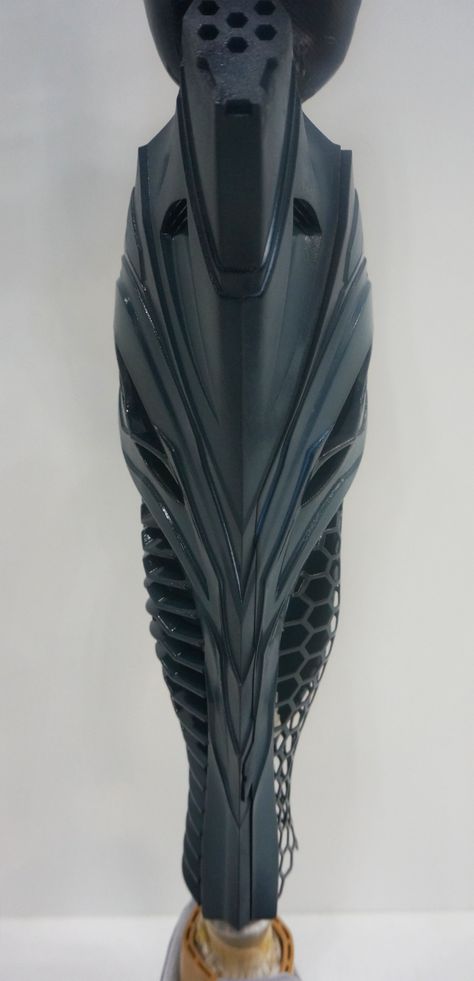 The team studied residual stress in additively manufactured materials to qualify them for flight.
The team studied residual stress in additively manufactured materials to qualify them for flight.
Advanced manufacturing is integral to our nation’s supply chain, impacting transportation, aerospace, and even deep space exploration. It’s exciting to see how rapidly additive manufacturing is changing and becoming a mainstream technology.
- Lonnie Love, Corporate Fellow and group leader for ORNL’s Manufacturing Systems Research
“We look forward to celebrating the achievements that have been made in 3D printing by showcasing the Shelby Cobra at Talladega,” said Lonnie Love, Corporate Fellow and group leader for ORNL’s Manufacturing Systems Research. “Advanced manufacturing is integral to our nation’s supply chain, impacting transportation, aerospace, and even deep space exploration. It’s exciting to see how rapidly additive manufacturing is changing and becoming a mainstream technology.”
The 3D printed Shelby Cobra, driven by ORNL Laboratory Director Thomas Zacharia at DOE’s Manufacturing Demonstration Facility at ORNL.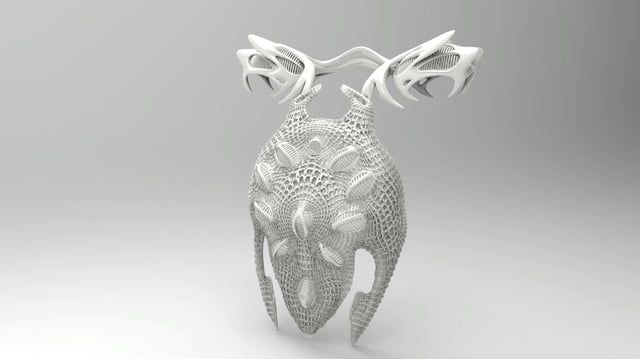
DOE debuted the Shelby Cobra in 2014. The car was the first large object 3D printed using the BAAM™ (Big Area Additive Manufacturing) system, a machine co-developed by ORNL and Cincinnati Incorporated, which produces lightweight composite parts without the need for tooling. The Cobra has a 3D printed chassis and an electric powertrain. Of the car's 1,400 pounds (635kg), roughly 500 pounds (227kg) was 3D printed out of a strong composite material that contains 20 percent carbon fiber.
Over the past few years, the Cobra has traveled around the world, appearing at international automotive and manufacturing shows in Europe and throughout the United States. However, this is the first time the car has appeared at a NASCAR speedway. While the Cobra won’t be on the track at Talladega, the vehicle has been driven by a racing legend, Bob Bondurant, who raced the Shelby Cobra in the 1960s. Bondurant visited ORNL in 2016 and took the 3D printed version for a spin.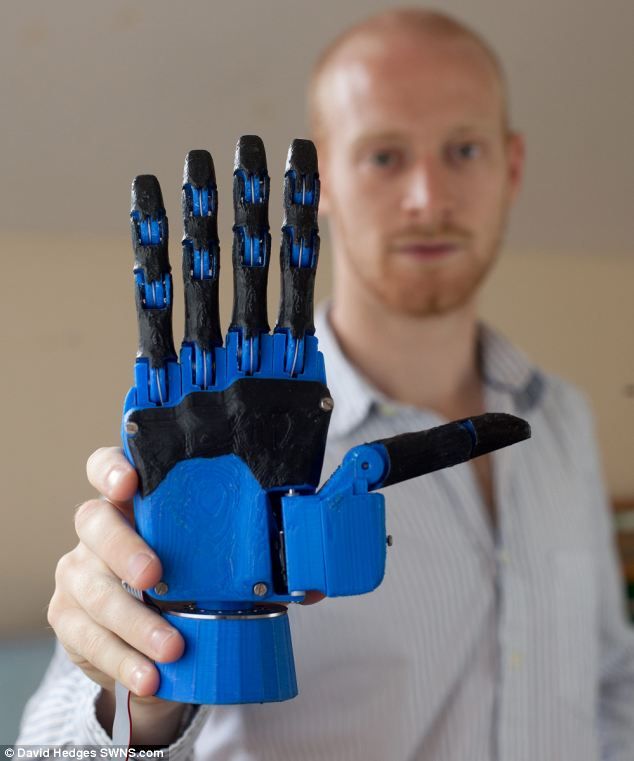
American racing legend Bob Bondurant visited the 3D printed version of the Shelby he raced in the 1960s.
Since printing the Cobra, ORNL has used BAAM™ technology to 3D print a utility vehicle, excavator, submarine, and boat mold and has installed a second BAAM™ at the MDF that enables rapid development of bioderived materials including poplar, bamboo, flax and cellulosic fibers.
The Manufacturing Demonstration Facility at ORNL is supported by the Department of Energy’s Office of Energy Efficiency and Renewable Energy, Advanced Manufacturing Office. AMO supports early-stage research to advance innovation in U.S. manufacturing and drive U.S. economic competitiveness and energy productivity.
ORNL is managed by UT-Battelle for the Department of Energy's Office of Science, the single largest supporter of basic research in the physical sciences in the United States. DOE’s Office of Science is working to address some of the most pressing challenges of our time.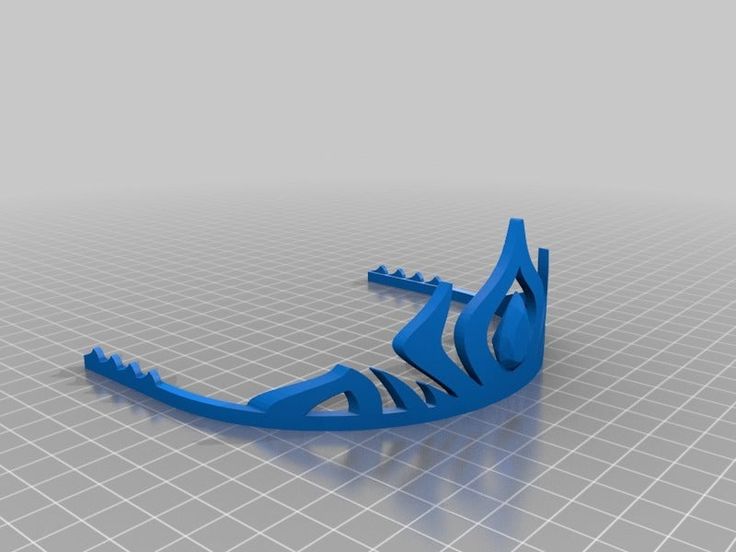 For more information, please visit https://energy.gov/science.
For more information, please visit https://energy.gov/science.
Media Contact
News of additive technologies. 3D printed version of iconic Shelby Cobra unveiled at Detroit Auto Show - FEA.RU | CompMechLab
At the North American International Auto Show (NAIAS) , held in Detroit from January 12 to 15, 2015, a replica of the 1964 sports car Shelby Cobra made using additive technologies was presented. The entire project, from concept to complete vehicle, took six weeks.
The "printed" version of the Shelby Cobra was a kind of gift for the 50th anniversary of this model. Photo: ornl.gov
Version Shelby Cobra created in the national laboratory of the US Department of Energy Oak Ridge National Laboratory (ORNL) using industrial plant BAAM square" ) and Direct Digital Manufacturing ( Direct Digital Manufacturing ).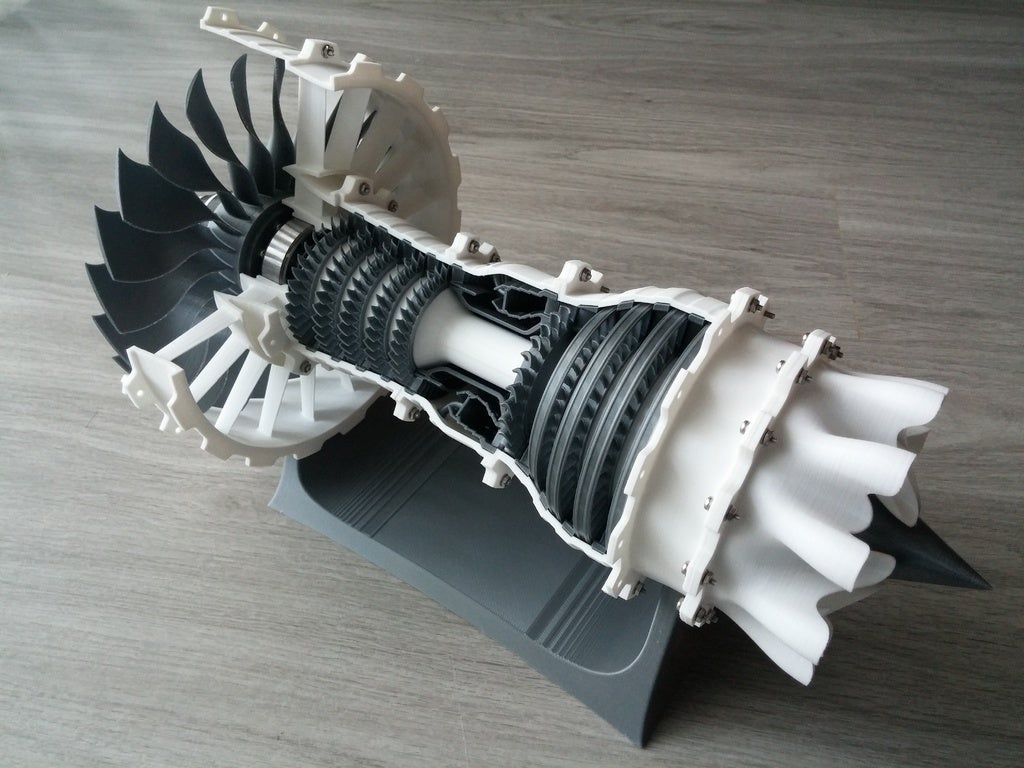 On the system BAAM made of carbon fiber reinforced ABS plastic, the body, frame, passenger compartment and decorative elements of the car, including the radiator grill, were printed - a total of 230 kg of parts, while the total weight of the sports car is about 630 kg. Elements such as the engine, battery, tires, digital display in the cabin are made by the traditional method.
On the system BAAM made of carbon fiber reinforced ABS plastic, the body, frame, passenger compartment and decorative elements of the car, including the radiator grill, were printed - a total of 230 kg of parts, while the total weight of the sports car is about 630 kg. Elements such as the engine, battery, tires, digital display in the cabin are made by the traditional method.
| Industrial Plant BAAM Big Area Additive Manufacturing | |
“Our goal is to demonstrate the potential of large-scale industrial additive manufacturing systems and prove their viability and effectiveness for the automotive industry.”0006 ORNL Lonnie Love (Lonnie Love).
According to Cincinnati Incorporated (USA), the BAAM system, which is a joint development of this company and the laboratory . 5 m) by layer-by-layer deposition at a speed 500-1000 times faster than conventional industrial 3D printers.
5 m) by layer-by-layer deposition at a speed 500-1000 times faster than conventional industrial 3D printers.
A built version of the Shelby Cobra is planned to be used as a lab on wheels. The vehicle is designed so that powertrains, fuel cells, electronics and a range of other systems can be connected in a plug-and-play mode, which will allow engineers to easily and quickly test new devices.
Project Shelby can be called a logical continuation of the concept Strati - an electric car developed by Local Motors (USA) in association with ORNL . The presentation of Strati took place in September 2014 in Chicago, at the auto show International Manufacturing Technology Show (IMTS) . The electric car was created using the installation BAAM within five days of the showroom, for the first time most of the car was "grown" by a single element. On the last day of IMTS successfully completed the first run of Strati .
On the last day of IMTS successfully completed the first run of Strati .
Another printed electric car - StreetScooter was presented at the end of November 2014 at the industrial exhibition EuroMold 2014 in Frankfurt. The exterior and interior of the machine were created on the production system of three-dimensional printing Objet1000 from the company Stratasys (USA) - more details in the material "EuroMold Exhibition 2014 in Frankfurt - Showcasing Achievements in Additive Manufacturing Technologies" .
The company EDAG (Germany) also plans to demonstrate the possibilities of additive manufacturing in the automotive industry. At the Geneva Motor Show in March 2015, EDAG is preparing to unveil the Light Cocoon (Cocoon of Light) sports car concept with a strong and lightweight 100% 3D printed body.
Company EDAG intends to demonstrate the ultra-light concept car Light Cocoon at the Geneva Motor Show. Photo: EDAG .de
Shelby Cobra
The original Shelby Cobra is built on the basis of successful AC Motors sports cars. American car designer Carroll Shelby, who received a license to import sports cars from this company in 1961, proposed replacing the original British Bristol engine with a Ford engine, and introduced the new car as the AC Cobra, later known as the Shelby or Shelby Cobra .
Years Shelby Cobra : 1962-1964
Engine: 7-liter. V8
Power: 410 HP
Maximum speed: 265 km/h
Weight: 1147 kg
Publication prepared by CompMechLab staff @ based on materials from ornl. gov, e-ci.com, edag.de, localmotors.com, gizmag.com, mashable.com.
gov, e-ci.com, edag.de, localmotors.com, gizmag.com, mashable.com.
The latest materials on additive technologies are available on the FEA.ru website:
2014.12.19. For a disabled dog, a unique prosthesis was created using a 3D printer, taking into account the individual features of the structure of the paws
whose life has changed thanks to additive technologies. The dog was born with a disability - because of the severely deformed front paws, she cannot walk on her own. Special for Derby at 3D Systems custom-made prostheses have been designed and printed on an industrial 3D printer that allow the dog to run and play.
2014.12.09. 3D Systems Demonstrates New High-Speed, Fab-Grade 3D Printer (Continuous High-Speed, Fab-Grade 3D Printer)
Leading company in the additive manufacturing market - 3D Systems is preparing to release a new system Continuous High-Speed, Fab-Grade 3D Printer , which will allow you to create products about 50 times faster than other industrial inkjet 3D printers.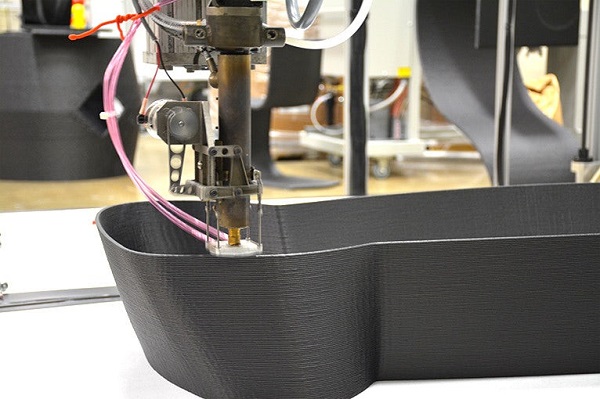
2014.12.08. EuroMold 2014 Frankfurt Showcases Advances in Additive Manufacturing
Frankfurt hosted EuroMold 2014 , one of the world's largest annual events showcasing modern manufacturing technologies, both traditional and additive (3D printing technologies) . The forum brought together leading representatives of the automotive, machine-building, electronic, medical, aerospace, telecommunications industries, as well as companies developing software systems for computer engineering.
2014.10.11. The potential for the development of advanced manufacturing technologies (Advanced Manufacturing Technology) was discussed at SPbPU by the leaders of OBORONPROM, the United Engine Corporation (UEC) and the Center for Strategic Research "North-West"
Seminar Production Technologies (PPT, Advanced Manufacturing Technologies)" was initiated by JSC OPK Oboronprom, JSC United Engine Corporation and the North-West Center for Strategic Research Foundation, and SPbPU became its organizer. According to the results of the seminar, which took place on September 17.2014, basic principles for the design of the new Institute / School of Advanced Manufacturing Technologies were formulated.
According to the results of the seminar, which took place on September 17.2014, basic principles for the design of the new Institute / School of Advanced Manufacturing Technologies were formulated.
2014.10.01. Advanced manufacturing technologies (Advanced Manufacturing Technology) will become one of the priority areas for the development of science, engineering and technology in Russia
September 16, 2014 at a meeting of the Presidium of the Council under the President of the Russian Federation for the modernization of the economy and innovative development of Russia under the leadership of Chairman of the Government of the Russian Federation D.A. Medvedev , issues of the development of new production technologies were considered. Member of the Presidium of the Council, Rector of SPbPU Andrey Rudskoy and Vice-Rector for Prospective Projects of SPbPU, Head of the Engineering Center Alexei Borovkov, who made a report “Computer engineering and additive manufacturing - the basis for creating globally competitive, demanded and import-substituting products in the shortest possible time”.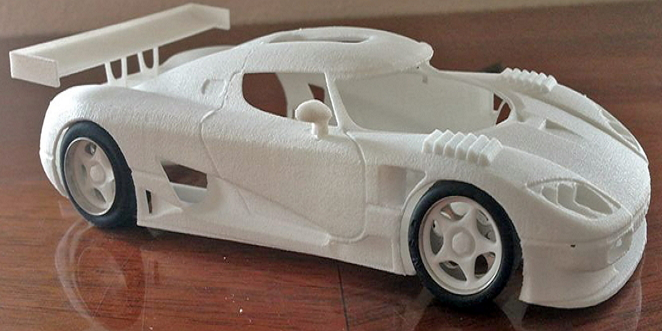
2014.08.19. News of computer engineering. Daimler introduces topological optimization based on Altair Engineering's solidThinking Inspire into the activities of the design departments
solidThinking - developer of a software system for fast topological optimization, division Altair Engineering , Inc . - Announces that the solidThinking Inspire has been certified by Daimler AG as the main design tool for optimization.
According to press release Daimler AG , "The automotive industry around the world is committed to reducing the weight of vehicles and reducing harmful emissions into the atmosphere, while increasing the reliability and dynamics of vehicles. Using the unique technology of computer engineering (Computer- Aided Engineering) - software system solidThinking Inspire , you can achieve these goals already at the early stages of designing a car or its individual components, since this software product is aimed at the most effective design concept design, taking into account the criteria of strength and manufacturability.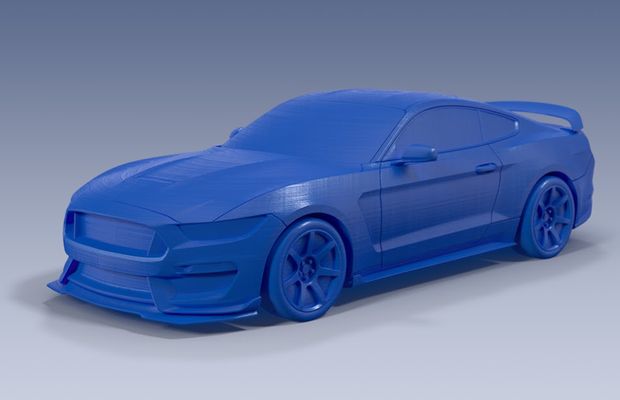 Inspire The , with its advanced tooling, also enables engineers to create more dynamic and ergonomic vehicle component designs than traditional approaches."
Inspire The , with its advanced tooling, also enables engineers to create more dynamic and ergonomic vehicle component designs than traditional approaches."
2014.08.08. News of computer engineering. Revolutionary solidThinking Inspire technology from Altair Engineering for the development of optimal strength and weight parts manufactured using Additive Manufacturing designed for fast pre-optimization of conceptual structures and designs. Fast and efficient optimization of a complex product, reducing its development cycle time is the key to bringing the product to market as soon as possible. Under these conditions, software systems Computer-Aided Engineering, allowing to qualitatively and within a reasonable time to achieve the optimal configuration of the design of the structure being developed, which is extremely attractive in the subsequent application of additive technologies (Additive Technology) or 3-D printing technologies (3-D printing) ).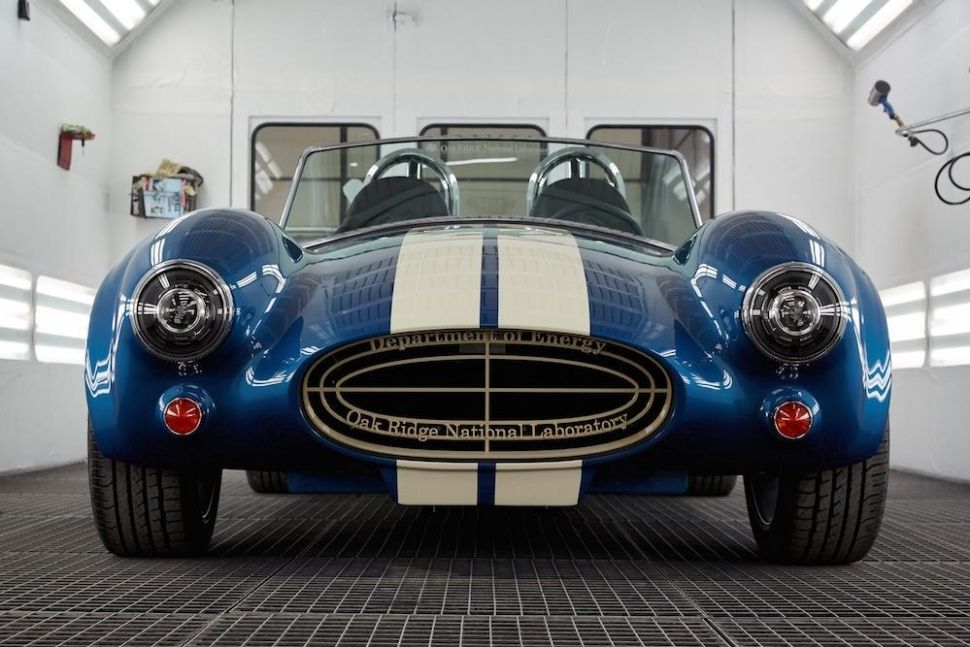
2014.06.02. News of computer engineering. SolidThinking Inspire revolutionizes the material-added manufacturing process, introducing the world's first "printed" bicycle frame
March 25, 2014 SolidThinking announced a milestone in the Add Material Manufacturing industry that could revolutionize component design and manufacturing in the future. Renishaw , the only UK manufacturer of metal printers, used SolidThinking Inspire 9.5 software to create the world's first "printed" metal frame for bicycles. This technology was used to create a strong and lightweight titanium mountain bike frame by Chris Williams Engineer Empire Cycles , a leading British bicycle designer and manufacturer.
2013.08.11. Altair's SolidThinking Inspire 9.5 enables design engineers to create incredibly lightweight products with minimal effort and explore constructively effective concepts. Traditional strength analysis methods allow engineers to test whether a structure will withstand certain loads. AT Inspire this process is implemented by creating a new layer of material within the program, and the load is used as an input parameter. The program is easy to learn and works with existing CAD applications and is a handy tool to help designers reduce cost, development time, material consumption and product weight.
Traditional strength analysis methods allow engineers to test whether a structure will withstand certain loads. AT Inspire this process is implemented by creating a new layer of material within the program, and the load is used as an input parameter. The program is easy to learn and works with existing CAD applications and is a handy tool to help designers reduce cost, development time, material consumption and product weight.
2013.07.22. CIMdata comment. SolidThinking Inspire democratizes optimization-driven product design
As the digital product creation revolution continues, great efforts are being made to democratize the tools used to make them easier to use and accessible to a wider audience. With a focus on introducing simulation early in the product development process to help select the concept and define the product architecture, tools need to be simpler, faster, and more capable of supporting critical product decisions that cross multiple disciplines.
ORNL's 3D printed full-scale Shelby Cobra was the highlight of Obama's visit
President Obama took the stage at Techmer PM in Clinton, Tennessee to announce that the University of Tennessee (Knoxville) will lead the $259 million project, focused on the development of advanced manufacturing, and Oak Ridge National Laboratory will play a key role in it.
During Obama's visit, a Shelby Cobra 3D printed car was on display as an example of the changing world of manufacturing. It was created at Oak Ridge National Laboratory (ORNL) using a BAAM (high volume additive manufacturing) machine.
BAAM, developed by Cincinnati Incorporated and ORNL, is the machine used to print "STRATI", the world's first 3D printing machine. Almost a year ago, ORNL and Local Motors signed a new partnership to develop and implement technologies for the production of 3D printed cars. Using a combination of materials science and advanced manufacturing technologies, BAMM was able to print STRATI in 44 hours during the six-day International Manufacturing Technology Show 2014 in Detroit, Michigan last September.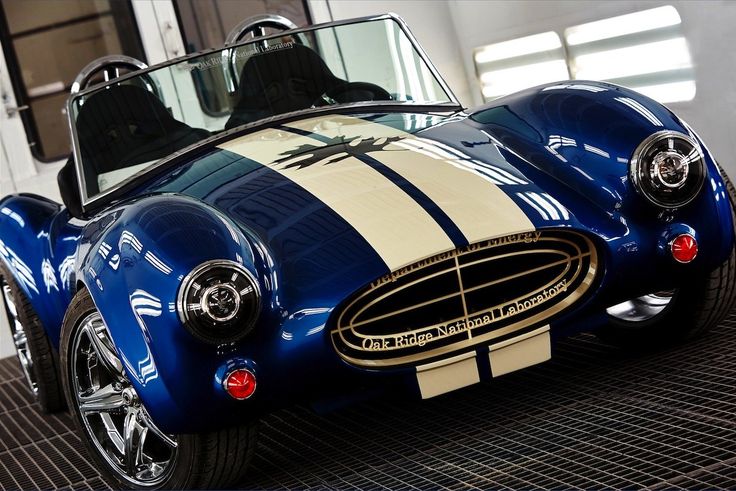
ORNL used Shelby Cobra designs to create their 3D printed car to celebrate the model's 50th anniversary and honor it as a national landmark. According to ORNL, Shelby is also a plug and play lab on wheels.
TheShelby was built by a team of six in just six weeks. According to ORNL, it was 3D printed from advanced composites that cut its weight in half while improving performance and safety. Techmer produced composite materials. Another local company, Tru-Design, developed the surface treatment technique. The car is powered by wide-gap power electronics that are more efficient and less expensive than traditional silicon technologies and can be charged wirelessly.
"Printing the parts required a lot of preparatory work. You had to make sure they fit together perfectly," said Alex Roschli, one of the student interns who are doing their internship at ORNL. He worked on printing and assembling car components, while another student, Andrew Messing, developed software that allows the printer to create various parts.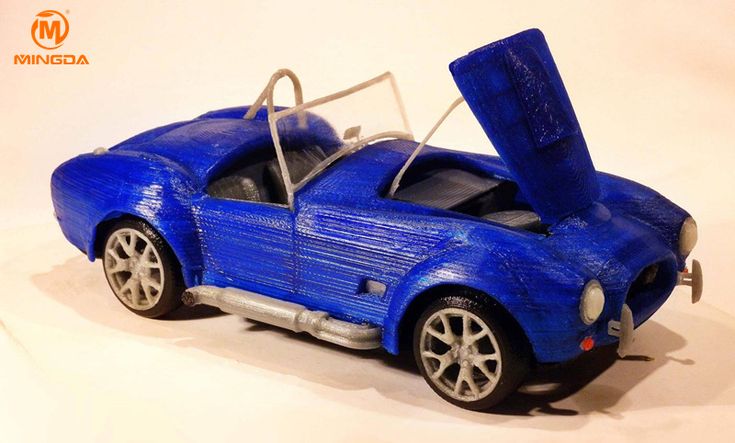
"The process was a lot of work. Watching the creation of Cobra is amazing."
For ORNL, Shelby enabled real-time validation and extension of research and development of integrated components to improve the use of digital manufacturing solutions in the automotive industry.
As Lonnie Love, ORNL Group Leader, explains: "Are we going to print cars in the near future? I don't know. It's very unlikely that I'll see mass production of 3D printed vehicles."
"But, the way we prototyped a car today is exactly the same as it was 30-40 years ago, only then there was a clay model. We can go far beyond what we are demonstrating now. You can print a prototype car for a few weeks or days and drive around the streets watching people admire.You can test such a car in its shape, size and functionality, therefore, your ability to innovate can change dramatically quickly.I think an entire industry could be formed, aimed at rapid innovation in transportation, and this is a revolutionary breakthrough.